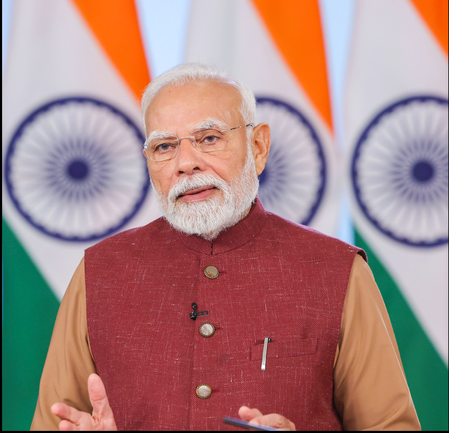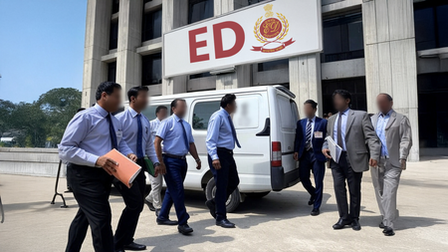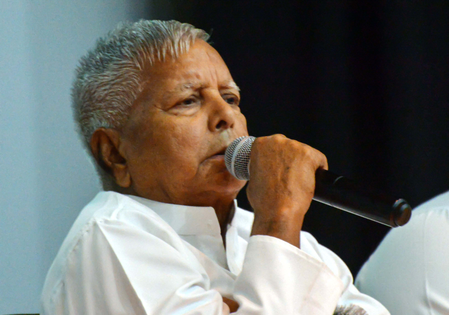
New Delhi, July 25 (IANS) Prime Minister Narendra Modi on Friday crossed a remarkable threshold in India’s political history by surpassing Indira Gandhi’s uninterrupted tenure to become the second-longest-serving Prime Minister of the country.
Having completed 4,078 days in office in a single stretch, PM Modi’s eleven-year journey at the helm of India’s government reflects not just longevity but a seismic transformation across multiple facets of national life — economy, infrastructure, diplomacy, and social welfare.
His emergence as a defining political figure of the post-Independence generation is especially notable given that he is the first Prime Minister born after 1947 and the longest-serving leader from a non-Hindi-speaking state.
Beginning with his dramatic electoral victory in 2014, PM Modi initiated sweeping changes with a mandate built on governance reform and economic development.
The rollout of the Goods and Services Tax in 2017 marked a historic restructuring of India’s tax architecture, replacing a fragmented system with a unified framework aimed at streamlining business across state lines.
In tandem with this reform came a strong emphasis on domestic production. Campaigns such as “Make in India” and “Atmanirbhar Bharat” aimed to bolster manufacturing, reduce dependence on imports, and create a self-reliant economic model.
One of PM Modi’s most consequential impacts has been in the realm of digital governance.
Under his leadership, Digital India reimagined the relationship between citizen and state, bringing services online and increasing transparency.
Platforms like UPI revolutionised payment systems, enabling billions of transactions that placed India at the forefront of financial tech.
The “Jan Dhan Yojana” further expanded access to banking, drawing millions of previously unbanked individuals into the formal financial ecosystem. These measures brought fiscal empowerment to the grassroots and laid the groundwork for direct benefit transfers that minimised leakages in welfare schemes.
Infrastructure development under PM Modi has been another hallmark.
Road construction tripled in pace, and flagship initiatives like “Bharatmala” and “Sagarmala” pushed connectivity to the forefront of the development agenda.
Air travel was made more accessible through the UDAN scheme, and rail modernisation arrived in the form of Vande Bharat trains — symbolising speed, efficiency, and Indian innovation.
In defence and national security, PM Modi presided over a more assertive and globally visible India. Whether it was the retaliatory strikes in Uri and Balakot or the revamping of defence procurement and exports, his government shifted the narrative from strategic restraint to proactive engagement.
The “Agnipath” Scheme exemplifies this new posture — aimed at recalibrating military recruitment towards younger, agile cadres.
Social welfare saw significant expansion with Ayushman Bharat offering health coverage to over 55 crore people, and the Pradhan Mantri Awas Yojana delivering millions of homes to rural and urban beneficiaries.
Ujjwala Yojana provided clean cooking fuel to households long dependent on polluting biomass, reducing health hazards and empowering women in domestic spaces.
On the global front, PM Modi’s foreign policy emphasised strategic autonomy, regional leadership, and global stature.
India hosted the G20 summit in 2023, enhancing its profile as a key player in global governance.
His current diplomatic engagements in the UK and Maldives illustrate continued outreach and negotiation, reinforcing India’s evolving role in the Indo-Pacific and beyond.
PM Narendra Modi’s tenure reflects an ambitious re-engineering of governance and national priorities, framed by centralisation of power and charismatic leadership.
His success in leading six consecutive election victories — three each as Gujarat Chief Minister and Prime Minister — cements him as a rare political figure whose electoral performance matches administrative longevity.
While debates around institutional checks and democratic transparency continue, his 11 years in office mark a decisive chapter in India’s post-liberalisation story, one shaped by bold decisions, massive public engagement, and an enduring resonance with a broad electoral base.
–IANS
sktr/dpb




